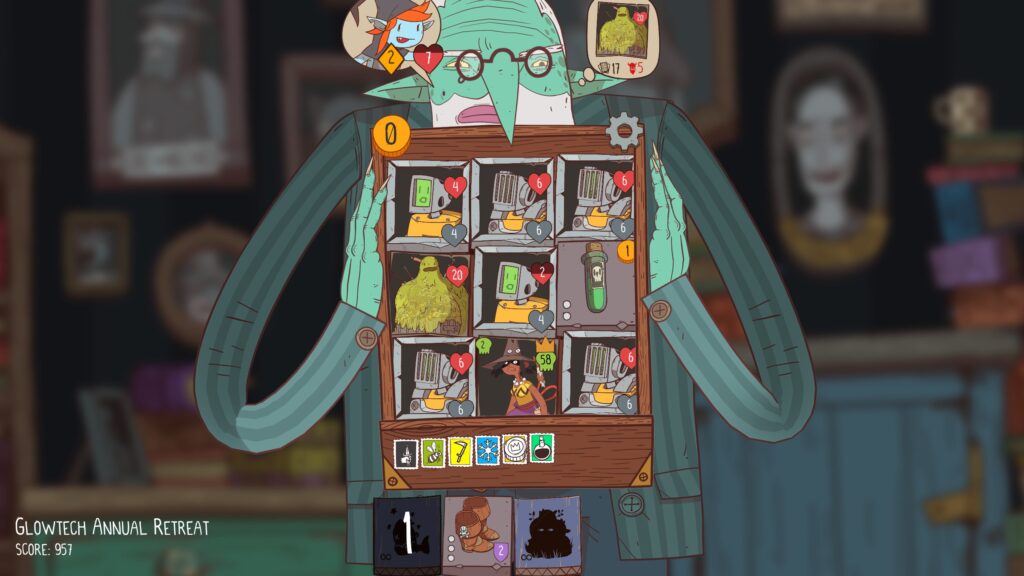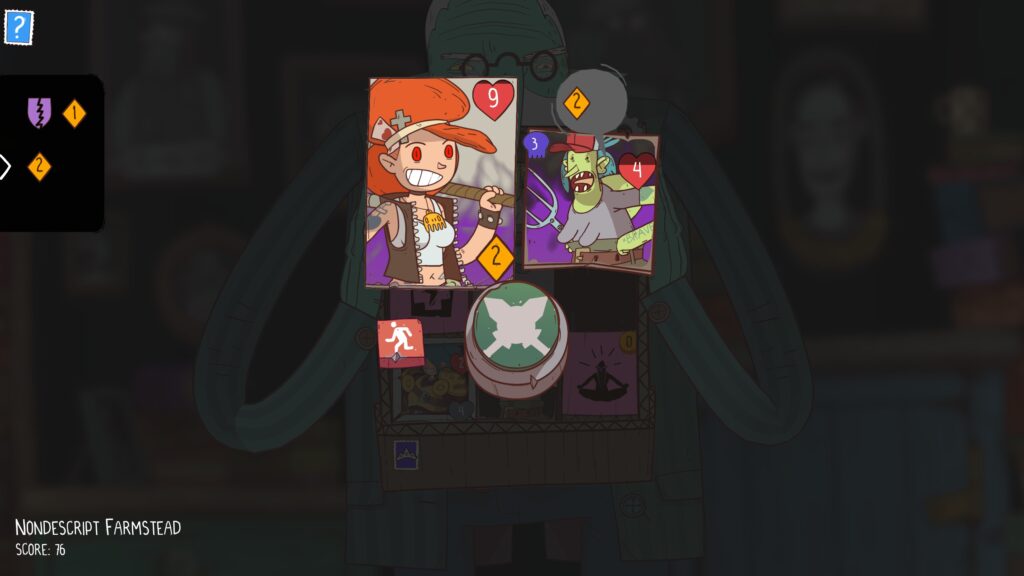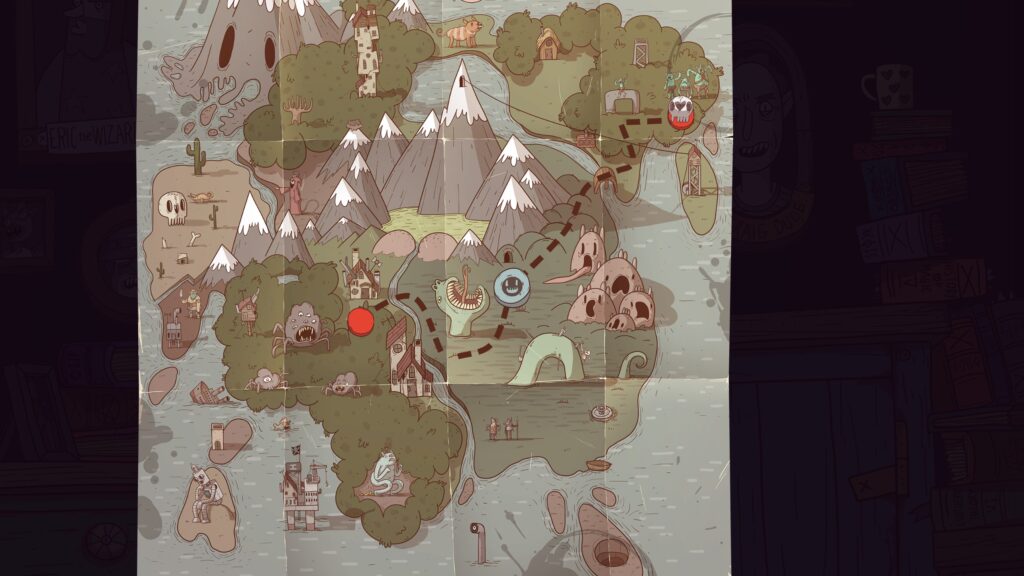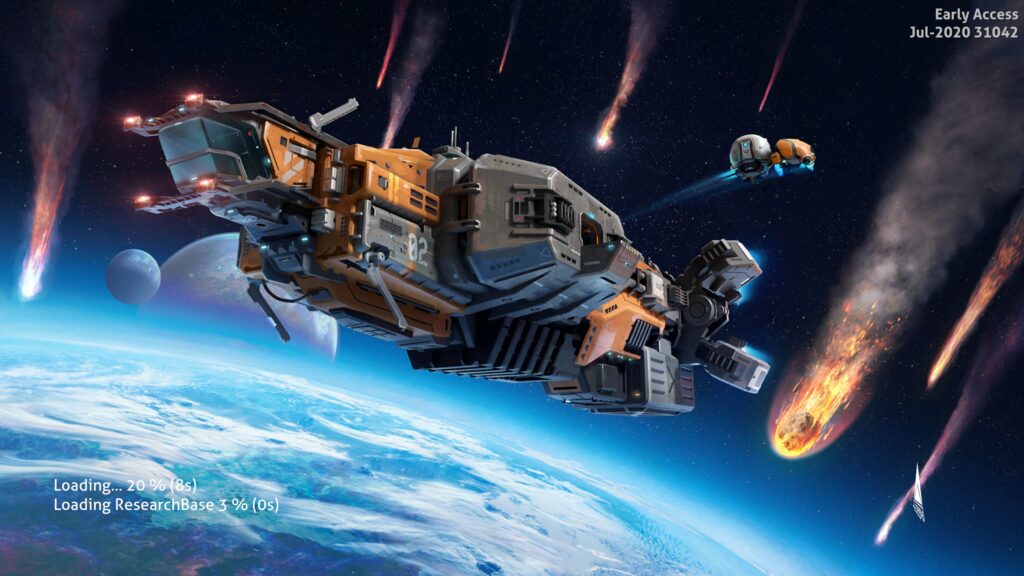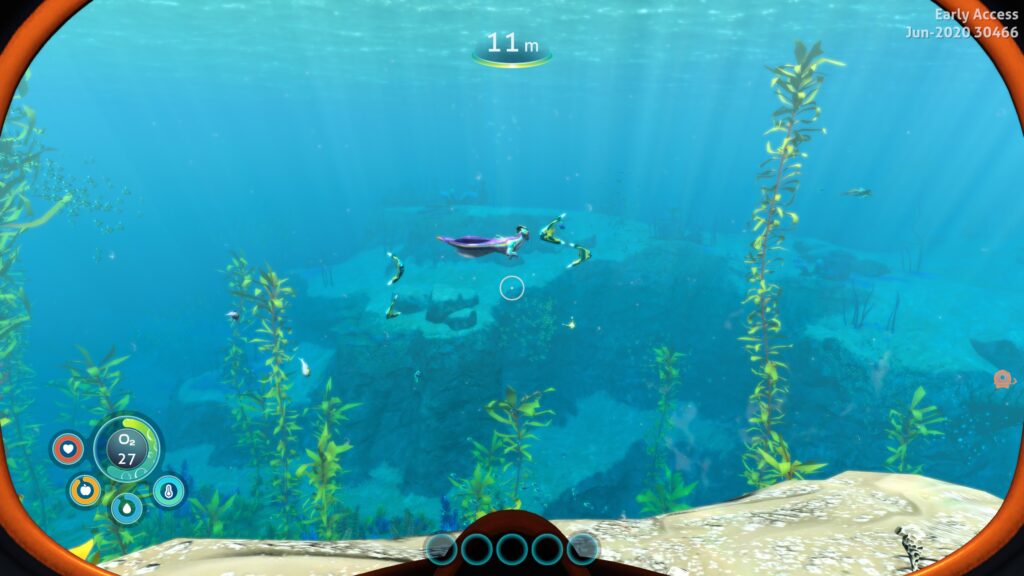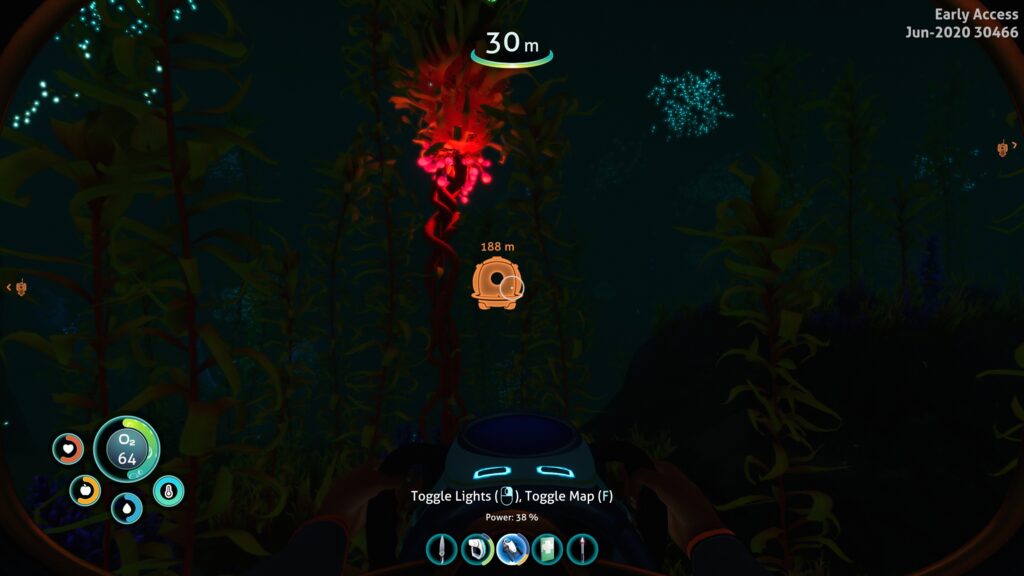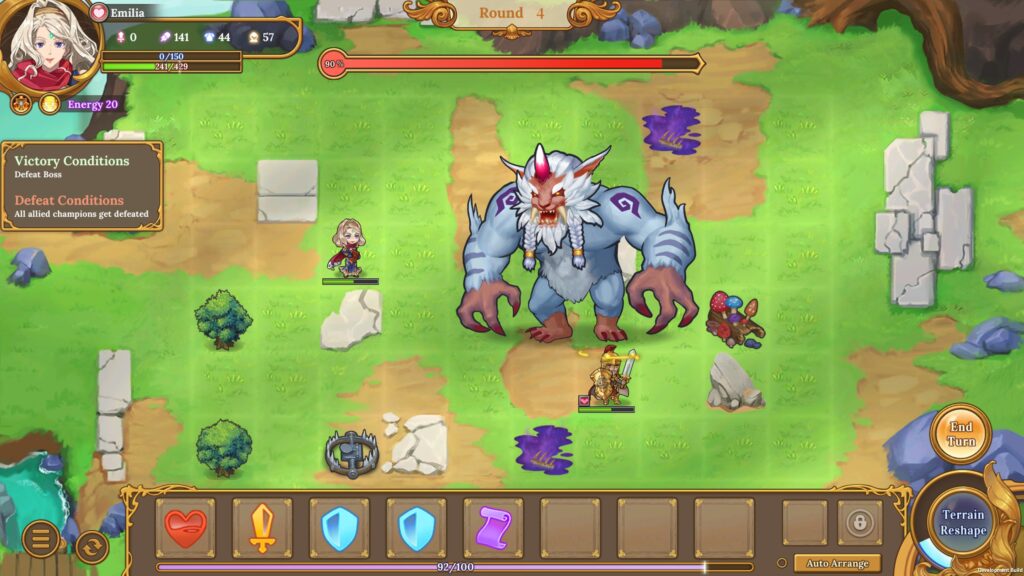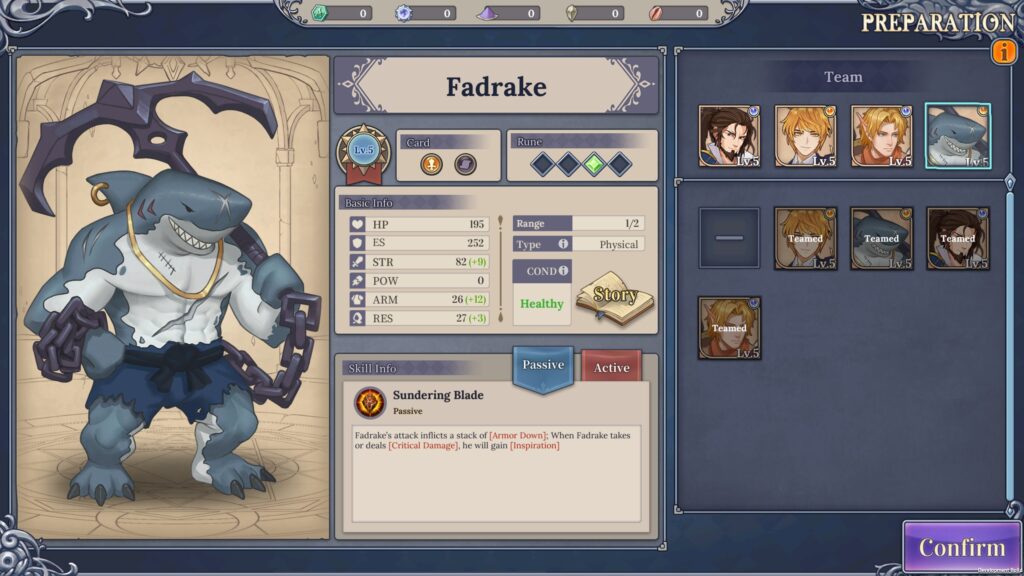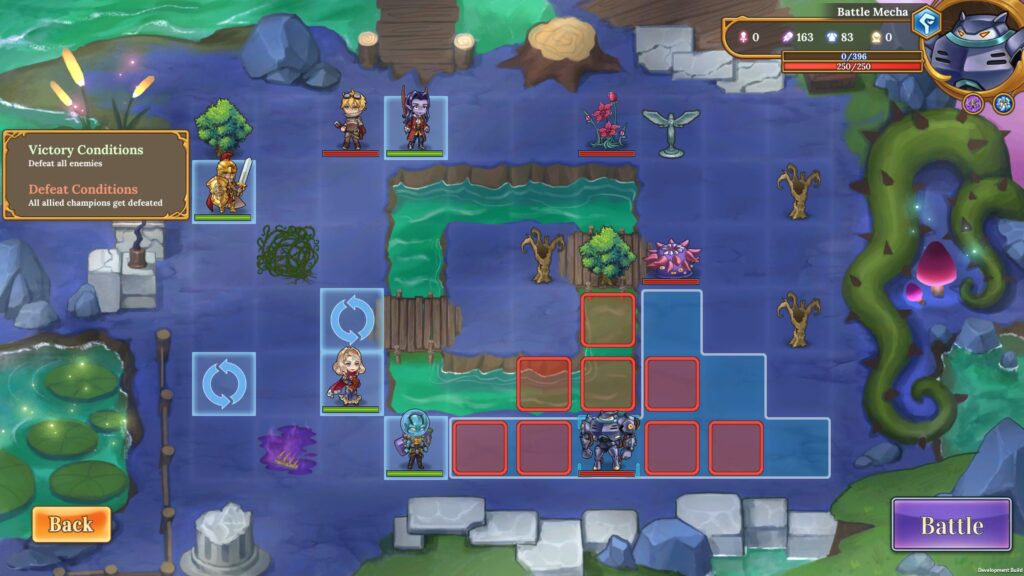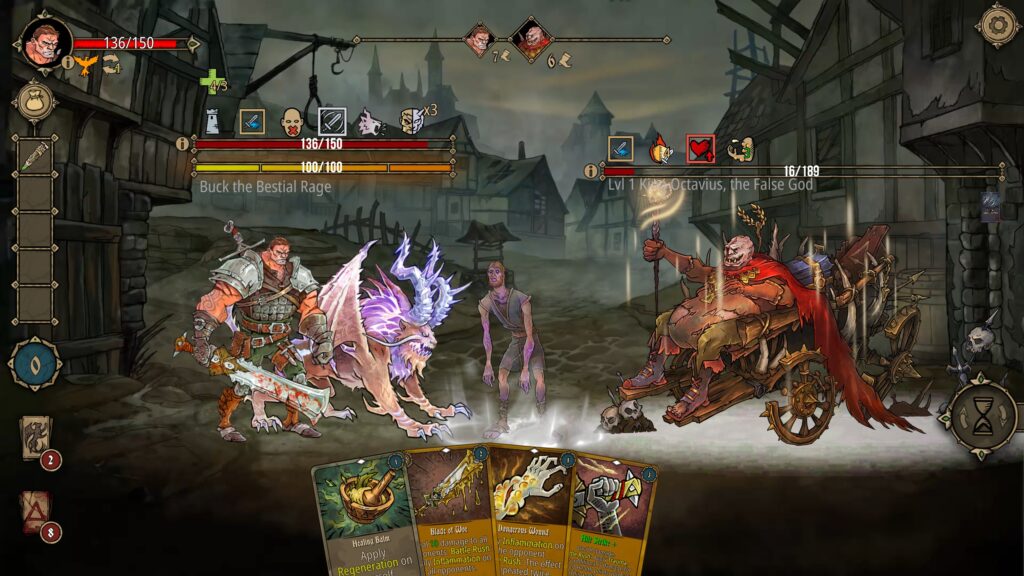Library of Ruina (Early Access Review)

Source: Cashmoneys
Price: £19.49
Where To Get It: Steam
Okay, let’s get an important warning out the way right now: Library of Ruina somewhat spoils the ending of Project Moon’s previous game I’ve reviewed, Lobotomy Corporation. It is, after all, a direct sequel.
And damn, does it have a great intro. The game, also, is solid, if a little grindy at times, and annoying at others. But we’ll be getting into that.
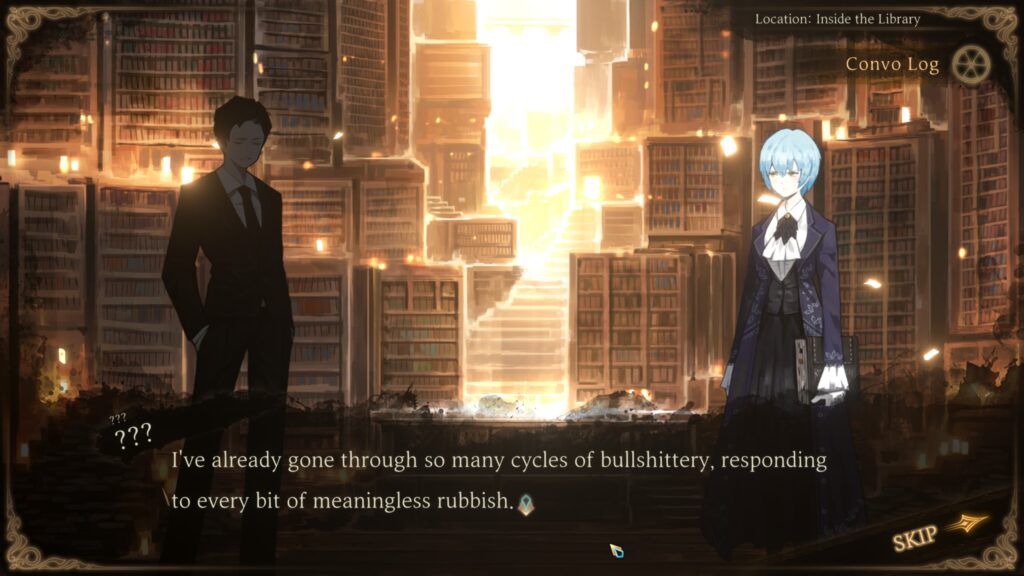
So, our protagonist (?) is a Fixer, essentially, a high-grade mercenary in a city where urban legends are both real and deadly, and, having been seemingly killed, he is resurrected, and given a very special job: To kill others in increasing power, who are invited to the library, to create pages from their souls… To hopefully create… The Perfect Book.
And how do you do that? Essentially, by deckbuilding, and using those cards (balancing powerful attacks with lower cost cards) in turn-based battles. Using the powers of the pages to increase your own, as “burned” books create pages, which your increasing cast of Librarians and Assistants can equip to take on their likeness (to an extent) and abilities… And the pages, when burned, can Realise other pages (level them up), and give you cards from said page’s deck, to use in your own combat decks. You don’t need to engage with that last part for the early game at least, but it’s highly recommended to take a look, and see where a Page’s base deck can be improved or changed to fill a good role.
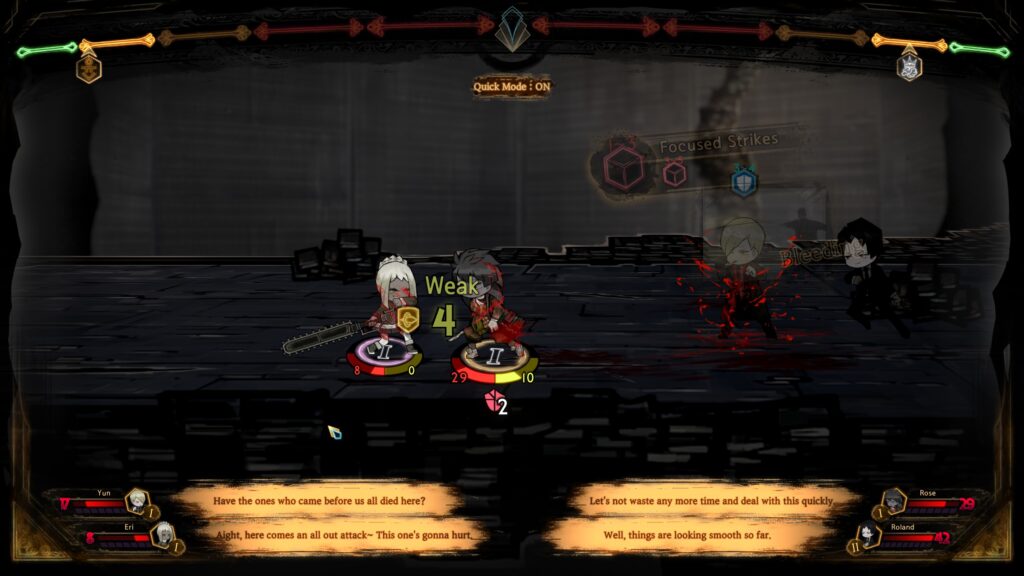
Earlier fights can be replayed for their pages, which is useful if you want to get said pages to their level cap (although fights also give XP to that page), but generally, you engage in an upward journey, eerily similar to the Sephirah of the previous game (and, indeed, said Sephirah are represented by familiar characters from Lobotomy Corporation, still under the control of Angela from the previous game), occasionally fighting equally familiar Anomalies from the previous game, such as the Forsaken Murderer to progress.
Each Anomaly is, essentially, a sort of puzzle boss, with some pretty specific strategies, although the Anomalies give hints sometimes, and you learn their patterns. Dying doesn’t do anything bad, at least as far as I know, so you’re welcome to try, try again. And, funnily enough, it’s the anomalies where I find the most grind and irritation. Forsaken Murderer, in particular, was, as the technical term goes, “A right bastard”, and it, along with some later fights in the current content, required some good strategy and a fair amount of grind to get things to the level I wanted.
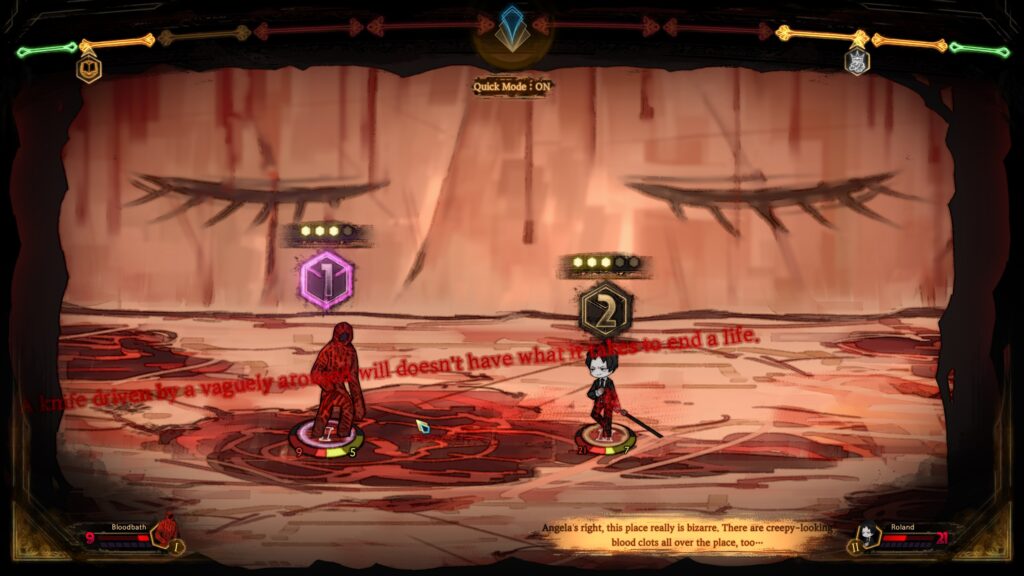
Aesthetically, the game is split between a well painted manga style, and a more stylised chibi set for the turn based fights themselves, with a sort of Art-Deco look to some elements, contrasting with the blood-red lettering of some elements, the scratchy backgrounds of character thoughts at the bottom, but every element that needs to be clear is clear, from health, to the emotion system, and the UX. Yes, there are lots of fonts, but each has its purpose. The sound, similarly is good, and the music solid.
Basically, if you want to see where Lobotomy Corporation’s world went after the first game, or if you like deckbuilding turn based combat with RPG elements, Library of Ruina is a solid pick, and its eerie world, with some light elements, but mostly surreal and a little dark, appeals.
The Mad Welshman loves libraries. He also loves tastefully done flesh-walls. Perhaps there’s some way to mix the two?


